For more information on Essex County Council’s climate change work visit Essex Design Guide.
For more information on Essex County Council’s climate change work visit Essex Design Guide.
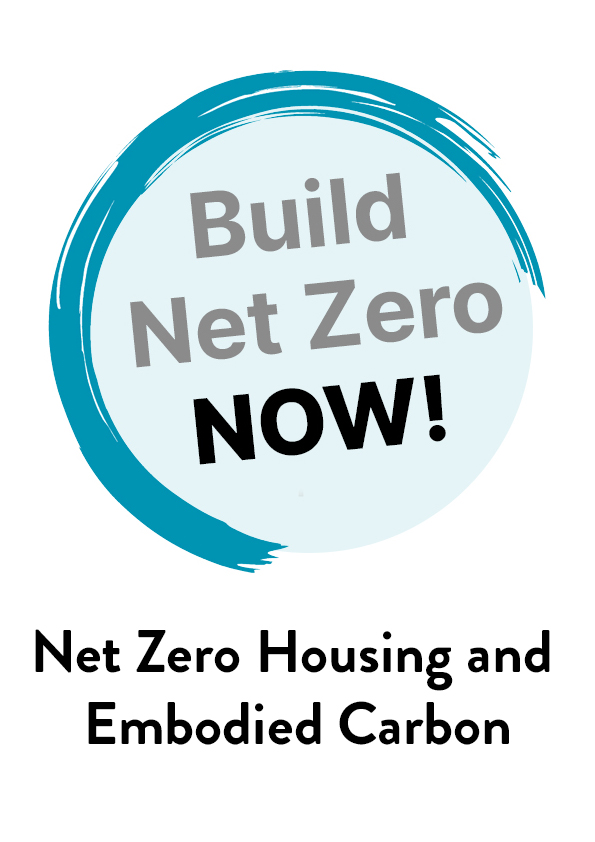
Content available for Good Homes Alliance members only.
If you are already a GHA member, please Log In or Sign Up for an account. Check our Member Directory to see if you are a member.
Find out the benefits of membership and sign up as a GHA member to access this content.
If you have any queries, please contact richard@goodhomes.org.uk.

Content available for Good Homes Alliance members only.
If you are already a GHA member, please Log In or Sign Up for an account. Check our Member Directory to see if you are a member.
Find out the benefits of membership and sign up as a GHA member to access this content.
If you have any queries, please contact richard@goodhomes.org.uk.
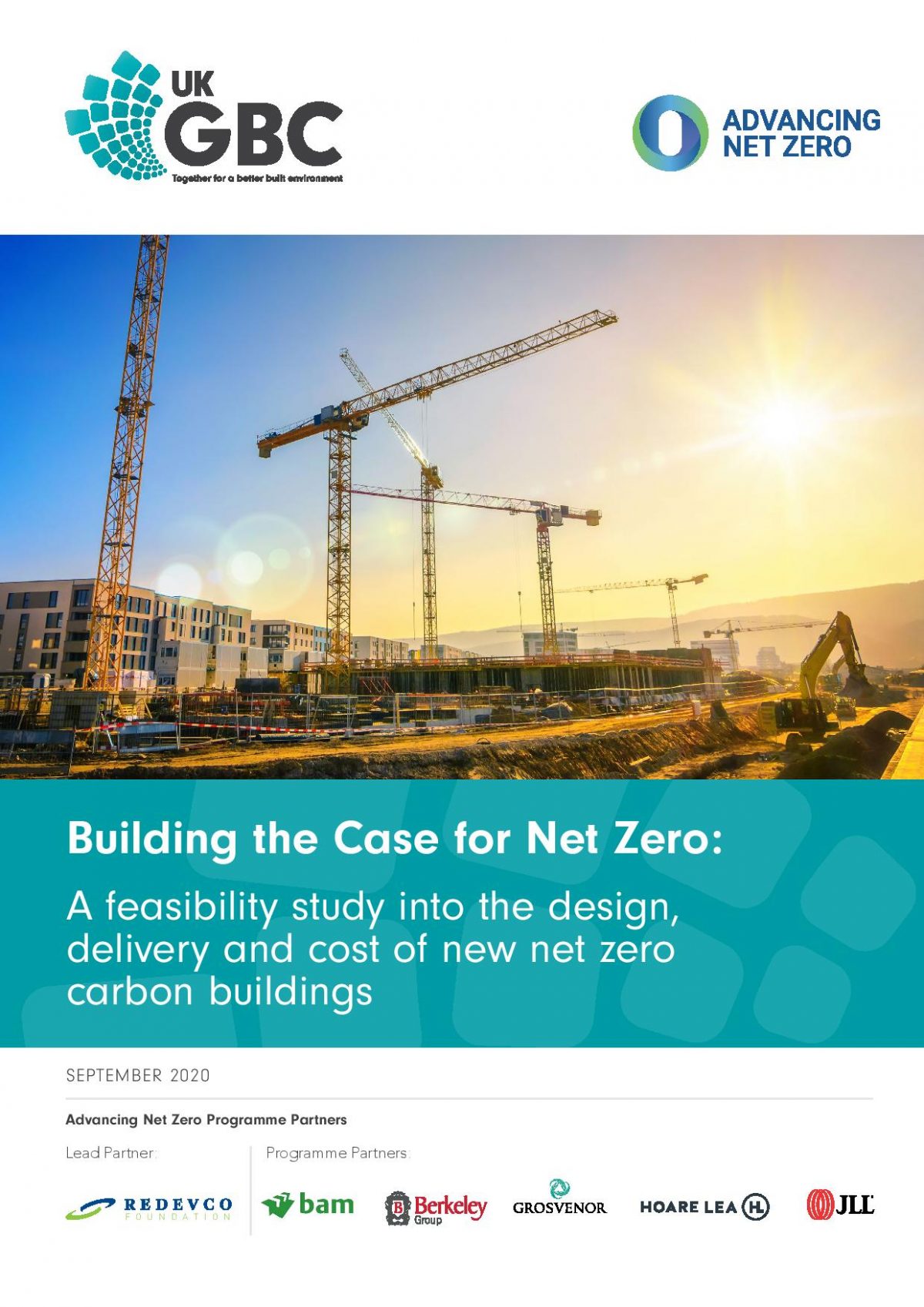
This report published by the UKGBC highlights the real-world implications for achieving net zero buildings. The aim of the findings is improve the collective understanding for the buildings sector and to help build a case for new net zero buildings.
Author: UKGBC
Publication date: September 2020
Further information: https://www.ukgbc.org/ukgbc-work/building-the-case-for-net-zero/

We are in a climate emergency, and urgently need to reduce carbon emissions, this guide outlines the requirements of new buildings to ensure our climate change targets are met – setting out a definitive journey, beyond climate emergency declarations, into a net zero carbon future. It is specifically aimed towards developers/landowners, designers, policy makers, and the supply chain. It aims to help to define ‘good’ and to set clear and achievable targets.
The Climate Emergency Design Guide covers 5 key areas: operational energy, embodied carbon, the future of heat, demand response and data disclosure. Our methodology includes setting the requirements of four key building archetypes (small scale residential, medium/large scale residential, commercial offices, and schools). The guide was developed by over 100 LETI volunteers over a period of 12 months.
This guidance demonstrates that the building industry knows how we should be designing buildings. In 2020 buildings that adopt these requirements now will be seen as leaders. By 2025 these requirements must become standard design practice otherwise the building industry will not meet our collective responsibility in this climate crisis.
LETI believe that in order to meet our climate change targets, in 2020 10% of all new projects developers and designers are involved in, should be designed to meet the requirements set out in this guide.
Author: LETI
Publication date: January 2020
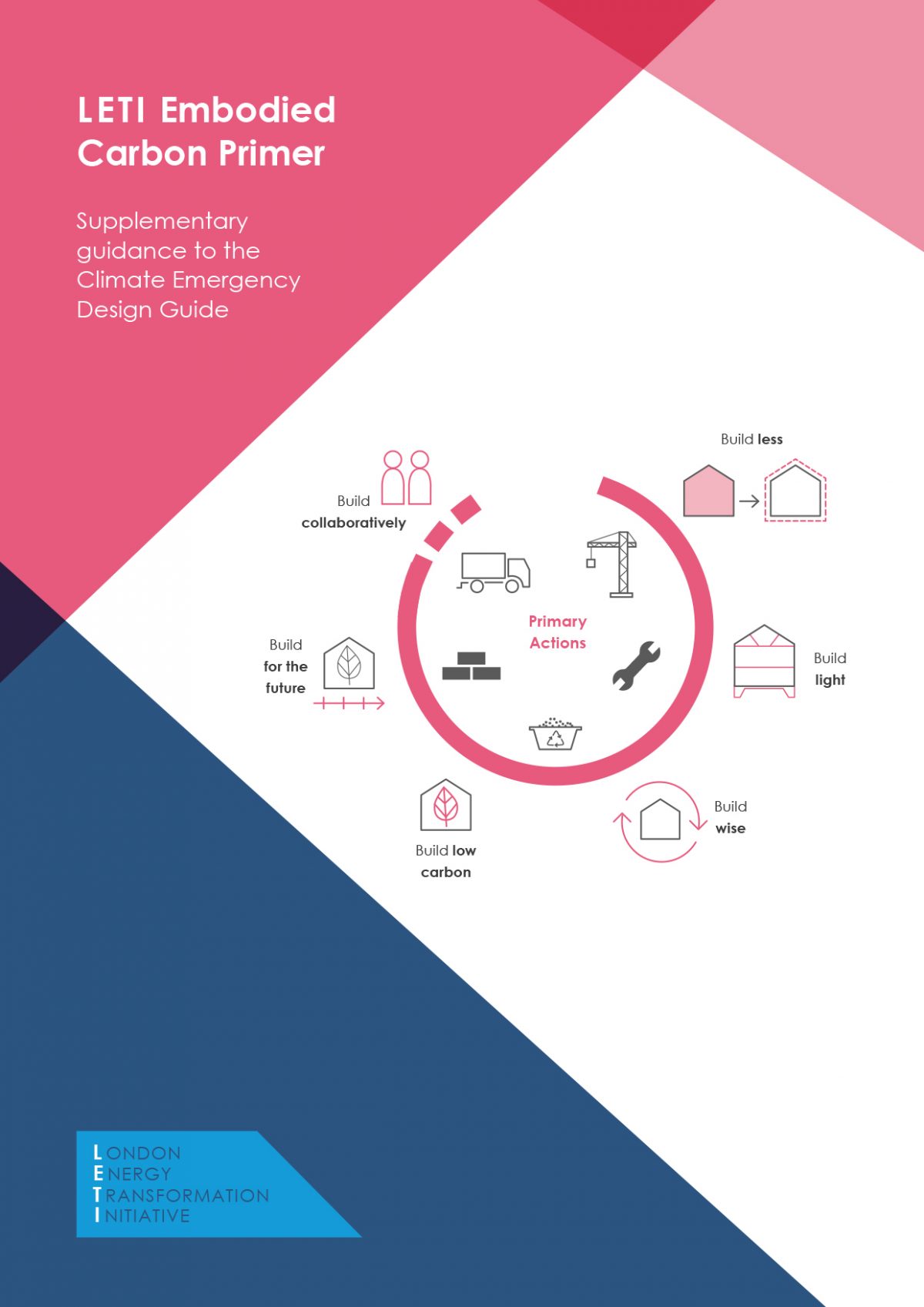
The Embodied Carbon Primer offers supplementary guidance to the Climate Emergency Design Guide, for those interested in exploring embodied carbon in more detail. There is a current lack of knowledge in the built environment industry surrounding embodied carbon reduction strategies and calculations. Therefore, the London Energy Transformation Initiative has produced this document to support project teams to design buildings that deliver ambitious embodied carbon reductions.
The document can also aid planners to be aware of strategies available to designers to reduce embodied carbon in building design, and how planning recommendations on materials, massing and treatment of sites may affect embodied carbon.
For everyone working in the construction of buildings, the leap of knowledge and skill required to be able to fulfil this goal is still relatively large, but far from insurmountable.
Author: LETI
Publication date: January 2020
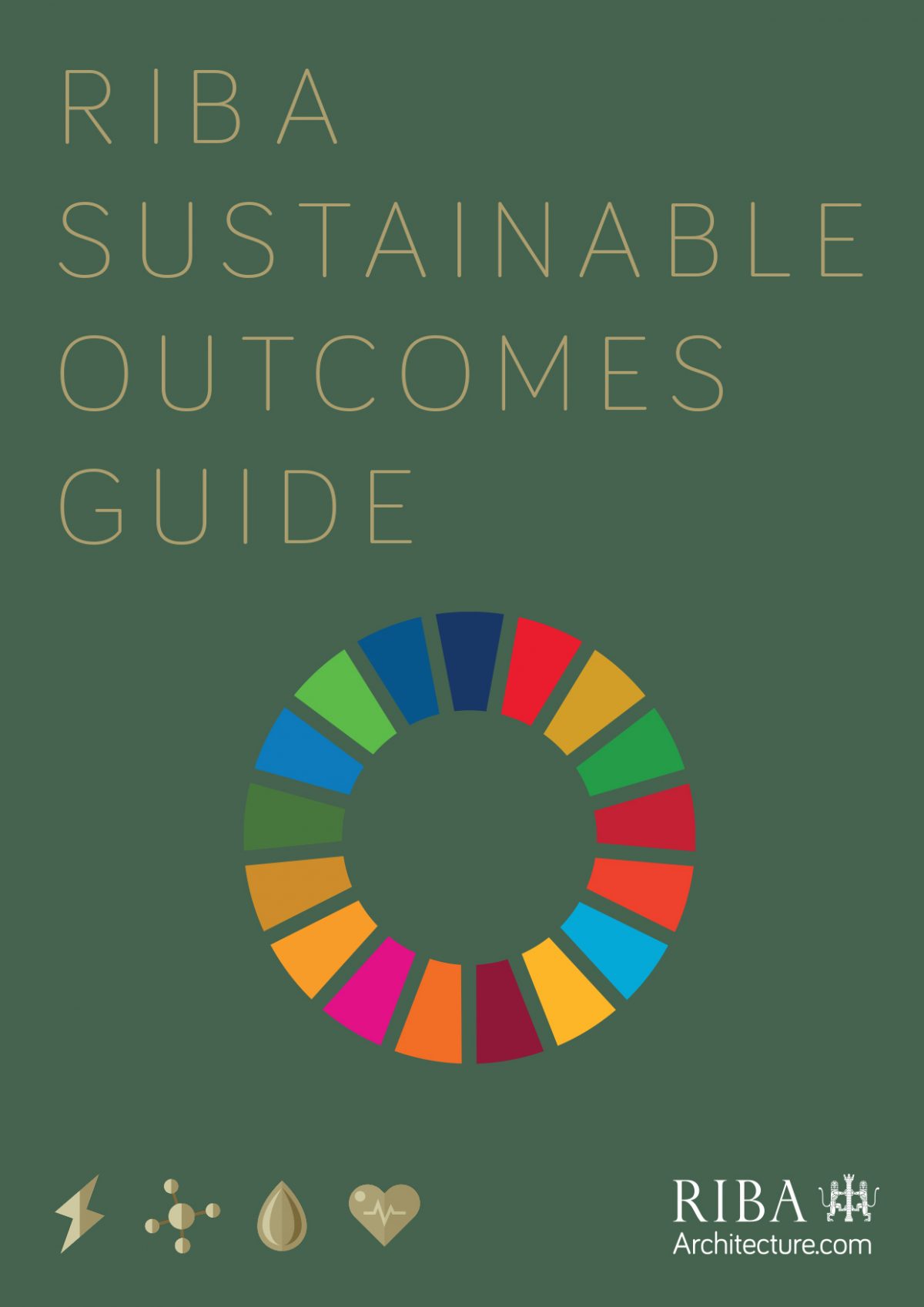
This guide defines a concise measurable set of eight sustainable outcomes that correspond to key UN Sustainable Development Goals and can be delivered on building projects of all scales.
The guide explains each sustainable outcome and their key metrics, and provides design principles to achieve the outcome and describes approaches that can be used to verify performance using post occupancy evaluation and certification. The guide supports architects in taking the RIBA 2030 Climate Challenge.
The RIBA sustainable outcomes are:
An outcomes-based design approach will help resolve the now well-known gaps between design intent and in-use performance across a range of metrics by reinforcing the feedback loop between briefing and outcomes, leading to a more sustainable built environment.
Author: RIBA
Publication date: December 2019
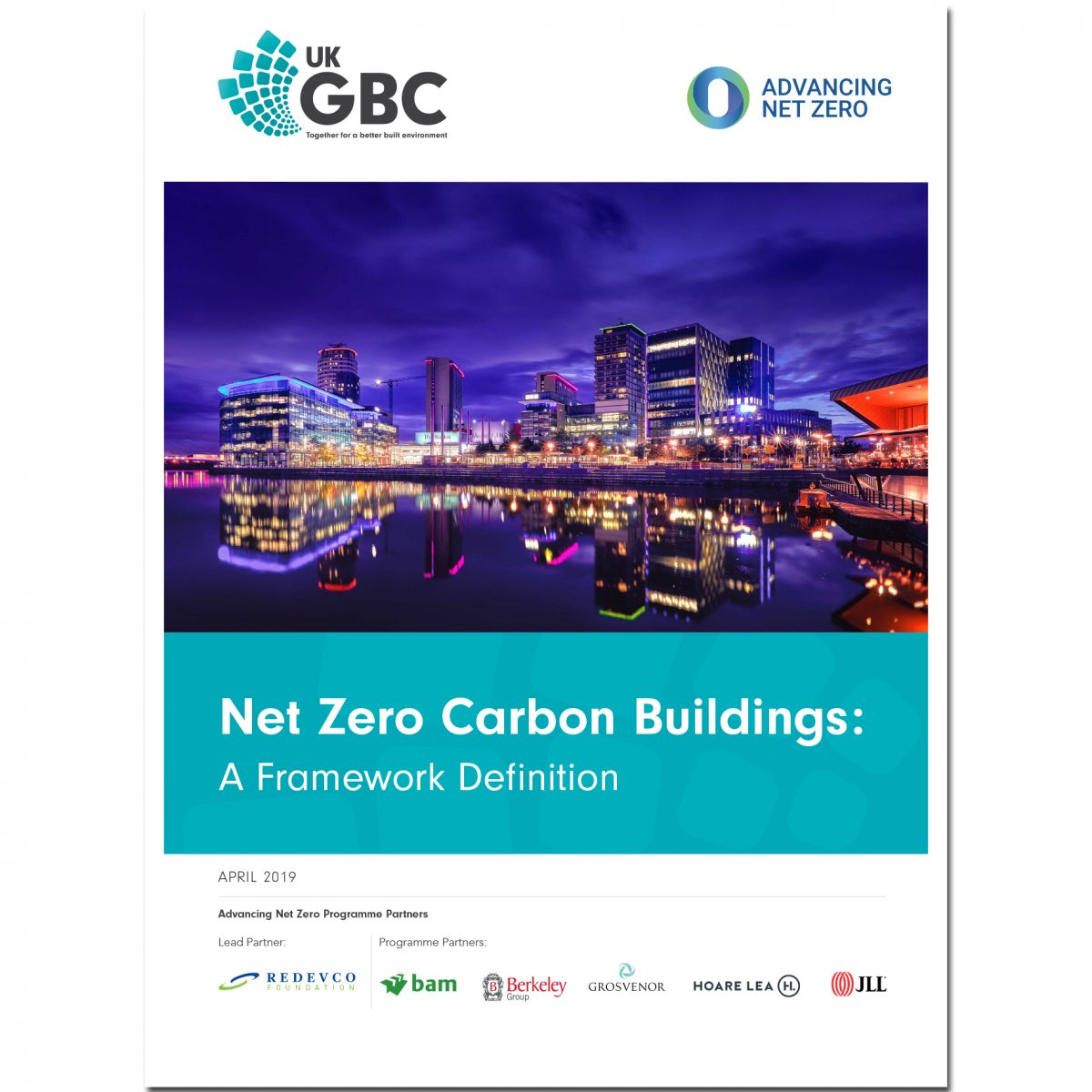
The report includes a framework for the UK construction and property industry to transition new and existing buildings to becoming net zero carbon by 2050, in line with the ambitions of the Paris Climate Agreement. It provides an overarching framework of consistent principles and metrics that can be integrated into tools, policies and practices, and aims to build consensus in the industry on the approach to decarbonising buildings.
The new framework offers guidance for developers, owners and occupiers targeting net zero carbon buildings, setting out key principles to follow and outlining how such a claim should be measured and evidenced. Two approaches to net zero carbon are proposed by the framework which can be accurately measured today:
With today’s report presented as a starting point, the next ten years will see the scope and ambition of the framework increased to encourage greater action. In the short-term, additional requirements will be introduced to challenge the industry, including minimum energy efficiency targets and limits on the use of offsets. In the longer term, the two approaches for construction and operational energy will be integrated into a broader approach for net zero whole life carbon, covering all of the emissions associated with the construction, operation, maintenance and demolition of a building.
Ashley Bateson, Partner at GHA member Hoare Lea said:
“We are proud to be a sponsor of the Advancing Net Zero programme. At Hoare Lea we feel it’s crucial that the property sector has an agreed framework for defining net zero carbon development. This gives industry a clear basis for reducing carbon emissions from the built environment towards zero in the near future. The environmental imperative for targeting ‘net zero’ is now loud and clear.”
Author: UK Green Building Council (UKGBC)
Publication date: April 2019
Further information: www.ukgbc.org/ukgbc-work/advancing-net-zero/.